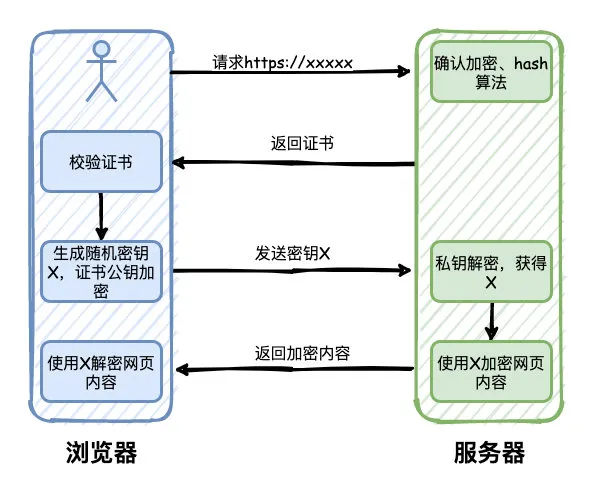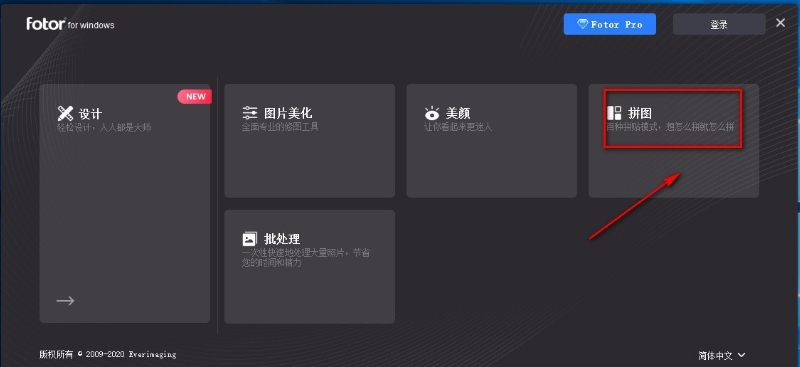文章目录
- 作用
- 如何设置路由
- 注意点
- 路由器工作模式
- to的两种写法(跳转去哪里的链接的写法)
- 命名路由(后续可以用名字进行跳转)
- 嵌套路由(多个层级的路由)
作用
一句话说完,就是用来,跳转页面的
如何设置路由
效果:

整体框架的图

components 代码
About.vue 简单的显示主键
<template><div class="about"><h2>大家好</h2></div>
</template><script setup lang="ts" name="About"></script><style scoped>
.about {display: flex;justify-content: center;align-items: center;height: 100%;color: rgb(85, 84, 84);font-size: 18px;
}
</style>
Home.vue 也就是简单的弄了一张图片而已
<template><div class="home"><img src="https://www.baidu.com/img/PCtm_d9c8750bed0b3c7d089fa7d55720d6cf.png" alt=""></div>
</template><script setup lang="ts" name="Home"></script><style scoped>.home {display: flex;justify-content: center;align-items: center;height: 100%;}
</style>
New.vue 新闻组件
<template><div class="news"><ul><li><a href="#">新闻001</a></li><li><a href="#">新闻002</a></li><li><a href="#">新闻003</a></li><li><a href="#">新闻004</a></li></ul></div>
</template><script setup lang="ts" name="News"></script><style scoped>
/* 新闻 */
.news {padding: 0 20px;display: flex;justify-content: space-between;height: 100%;
}
.news ul {margin-top: 30px;list-style: none;padding-left: 10px;
}
.news li>a {font-size: 18px;line-height: 40px;text-decoration: none;color: #64967E;text-shadow: 0 0 1px rgb(0, 84, 0);
}
.news-content {width: 70%;height: 90%;border: 1px solid;margin-top: 20px;border-radius: 10px;
}
</style>
然后是主页组件:App.vue
<template><div class="app"><h2 class="title">Vue路由测试</h2><!-- 导航区 --><div class="navigate"><RouterLink to="/home" active-class="xiaozhupeiqi">首页</RouterLink><RouterLink to="/news" active-class="xiaozhupeiqi">新闻</RouterLink><RouterLink to="/about" active-class="xiaozhupeiqi">关于</RouterLink></div><!-- 展示区 --><div class="main-content"><RouterView></RouterView></div></div>
</template><script lang="ts" setup name="App">import {RouterView,RouterLink} from 'vue-router'</script><style>/* App */.title {text-align: center;word-spacing: 5px;margin: 30px 0;height: 70px;line-height: 70px;background-image: linear-gradient(45deg, gray, white);border-radius: 10px;box-shadow: 0 0 2px;font-size: 30px;}.navigate {display: flex;justify-content: space-around;margin: 0 100px;}.navigate a {display: block;text-align: center;width: 90px;height: 40px;line-height: 40px;border-radius: 10px;background-color: gray;text-decoration: none;color: white;font-size: 18px;letter-spacing: 5px;}.navigate a.xiaozhupeiqi {background-color: #64967E;color: #ffc268;font-weight: 900;text-shadow: 0 0 1px black;font-family: 微软雅黑;}.main-content {margin: 0 auto;margin-top: 30px;border-radius: 10px;width: 90%;height: 400px;border: 1px solid;}
</style>
然后是main.ts
// 引入createApp用于创建应用
import {createApp} from 'vue'
// 引入App根组件
import App from './App.vue'
// 引入路由器
import router from './router'// 创建一个应用
const app = createApp(App)
// 使用路由器
app.use(router)
// 挂载整个应用到app容器中
app.mount('#app')
这一节最重要的,路由组件 index.ts
// 创建一个路由器,并暴露出去// 第一步:引入createRouter
import {createRouter,createWebHistory} from 'vue-router'
// 引入一个一个可能要呈现组件
import Home from '@/components/Home.vue'
import News from '@/components/News.vue'
import About from '@/components/About.vue'// 第二步:创建路由器
const router = createRouter({history:createWebHistory(), //路由器的工作模式(稍后讲解)routes:[ //一个一个的路由规则{path:'/home',component:Home},{path:'/news',component:News},{path:'/about',component:About},]
})// 暴露出去router
export default router注意点
-
路由组件通常存放在
pages或views文件夹,一般组件通常存放在components文件夹。 -
通过点击导航,视觉效果上“消失” 了的路由组件,默认是被卸载掉的,需要的时候再去挂载。
路由器工作模式
history模式
优点:
URL更加美观,不带有#,更接近传统的网站URL。缺点:后期项目上线,需要服务端配合处理路径问题,否则刷新会有
404错误。
const router = createRouter({history:createWebHistory(), //history模式/******/
})
hash模式
优点:兼容性更好,因为不需要服务器端处理路径。
缺点:
URL带有#不太美观,且在SEO优化方面相对较差。
const router = createRouter({history:createWebHashHistory(), //hash模式/******/
})
to的两种写法(跳转去哪里的链接的写法)
<!-- 第一种:to的字符串写法 -->
<router-link active-class="active" to="/home">主页</router-link><!-- 第二种:to的对象写法 -->
<router-link active-class="active" :to="{path:'/home'}">Home</router-link>
命名路由(后续可以用名字进行跳转)
作用:可以简化路由跳转及传参)。
给路由规则命名:
routes:[{name:'zhuye',path:'/home',component:Home},{name:'xinwen',path:'/news',component:News,},{name:'guanyu',path:'/about',component:About}
]
跳转路由:
<!--简化前:需要写完整的路径(to的字符串写法) -->
<router-link to="/news/detail">跳转</router-link><!--简化后:直接通过名字跳转(to的对象写法配合name属性) -->
<router-link :to="{name:'guanyu'}">跳转</router-link>
嵌套路由(多个层级的路由)
-
编写
News的子路由:Detail.vue -
配置路由规则,使用
children配置项:
const router = createRouter({history:createWebHistory(),routes:[{name:'zhuye',path:'/home',component:Home},{name:'xinwen',path:'/news',component:News,children:[{name:'xiang',path:'detail',component:Detail}]},{name:'guanyu',path:'/about',component:About}]
})
export default router
- 跳转路由(记得要加完整路径):
<router-link to="/news/detail">xxxx</router-link>
<!-- 或 -->
<router-link :to="{path:'/news/detail'}">xxxx</router-link>
- 记得去
Home组件中预留一个<router-view>
<template><div class="news"><nav class="news-list"><RouterLink v-for="news in newsList" :key="news.id" :to="{path:'/news/detail'}">{{news.name}}</RouterLink></nav><div class="news-detail"><RouterView/></div></div>
</template>


















